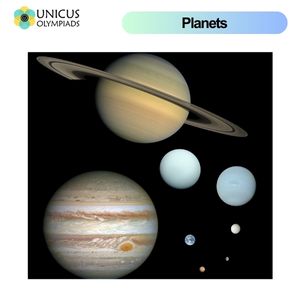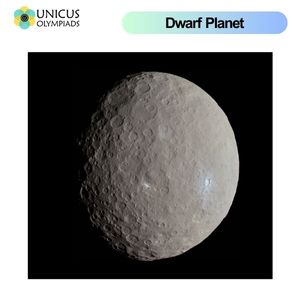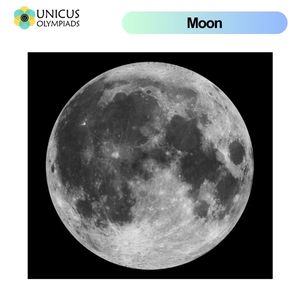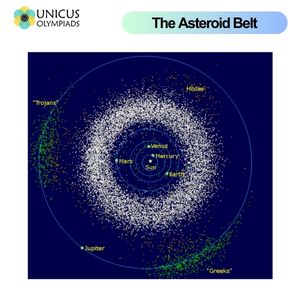

Our solar system is a vast and complex collection of celestial bodies that vary widely in size, composition, and characteristics. These bodies are categorized into several groups: planets, dwarf planets, moons, and the asteroid belt. Each group has distinct features that contribute to the overall structure of our solar system. In this article, we will explore the main features of each of these celestial bodies, shedding light on their unique characteristics and importance in our understanding of space.
Planets are large celestial bodies that orbit a star (like the Sun) and are massive enough to be spherical in shape due to their own gravity. They have cleared their orbits of other debris and have the ability to maintain an atmosphere. In our solar system, there are eight planets, each with distinct characteristics.

Dwarf planets are small celestial bodies that orbit the Sun, but unlike planets, they have not cleared their orbits of other debris. They are spherical in shape due to their gravity but are much smaller than regular planets. The most famous dwarf planet in our solar system is Pluto, which was reclassified as a dwarf planet in 2006.

Moons, also known as natural satellites, are objects that orbit planets or dwarf planets. Unlike artificial satellites, which are human-made, moons are celestial bodies that are formed naturally, often from the same material as the planet they orbit. Some planets have dozens of moons, while others, like Mercury and Venus, have none.

The Asteroid Belt is a region of space located between the orbits of Mars and Jupiter, filled with rocky objects known as asteroids. It is thought to be the remnants of a planet that never formed due to the gravitational influence of Jupiter, which prevented the objects in this region from coalescing into a full planet.
